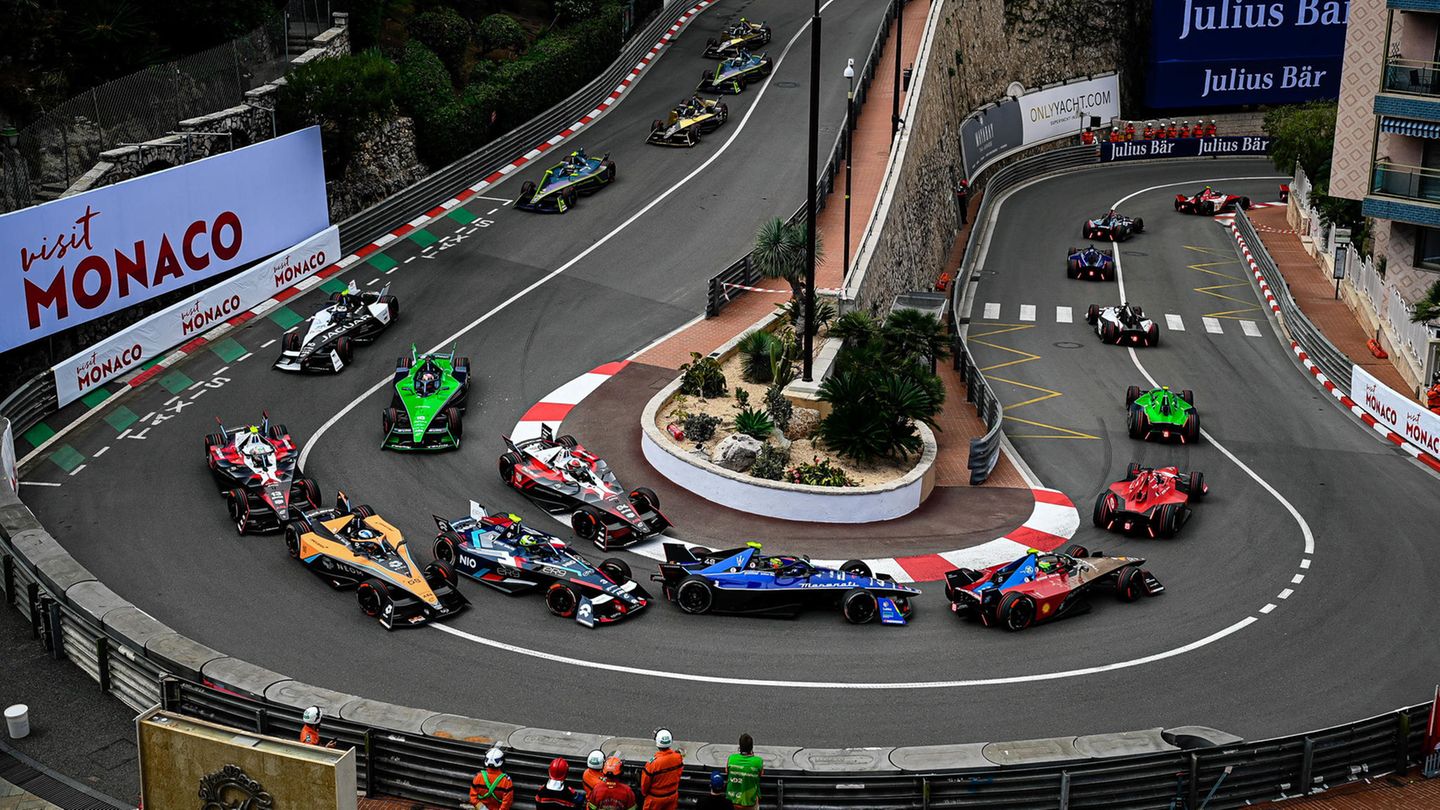When the Toyota Prius saw the automotive light of day in the second half of the 1990s, most real car fans shuddered. But the first real eco-car was born and was a success, especially in the USA and Asia. Does the hybrid have what it takes to become a classic in Europe?
According to Toyota CEO Akio Toyoda, cars have to be fun to be truly successful. Fun and a Toyota Prius – at first it is hard to go together. The design was polarizing, especially from the first two generations, and the small four-cylinder with electric assistance took away all sportiness from the propulsion. After its market launch in Japan in 1997, the hybrid model went on a world tour in 2000. In Europe in particular, not only sports car drivers turned up their noses at the Japanese, as more than any other vehicle it expressed the renunciation of design, dynamism, chic and quality. And yet the Toyota Prius paved the way for a completely new type of vehicle and has what it takes to be an endurance runner. One or the other also sees it as a future classic.
The initial 43 kW / 58 PS of the tired 1.5-liter naturally aspirated engine, along with 30 kW / 40 PS from the electric module, turned into a somewhat brisk 53 kW / 72 PS and the electric motor also increased imperceptibly to 33 kW / 44 PS. Whether the aesthetes like it or not – the Toyota Prius has become an icon – even if it has since been discontinued in some European countries such as Germany due to persistent unsuccessfulness. The overwhelming power of the new plug-in hybrids and electric models was simply too great.
The range of used Toyota Prius ?? – especially the first generation – is thinner than ever. The prices for a Prius I with 120,000 to 150,000 kilometers start at barely over 2,000 euros. The vehicles usually only have one or two vehicle owners, are often in a full service history and you have to come to terms with the low-quality plastics in the interior. In return, the vehicles are uniformly well equipped and, in terms of wear parts, there is no jam of valuations. However, the demand is just as small as the supply.
It looks a little different with the second generation of the Prius, which celebrated its premiere in 2003/2004 with a hatchback design and was manufactured until 2009. Here, the range in Germany and neighboring countries is somewhat larger, but still small. The prices for the 82 kW / 111 PS strong hybrid start at less than 5,000 euros, with the mileage sometimes being 200,000 kilometers or more. Some were used as taxis because the Toyota Prius is particularly economical to move in the city center and shows hardly any wear and tear. The real consumption is barely more than five liters if you don’t shoo the Toyota Prius too much on the highway. At 170 km / h it is over anyway. This is due, on the one hand, to the particularly efficient Atkinson cycle with its increased efficiency and the planetary-type automatic transmission, which, similar to a CVT transmission, transfers the power and torque from the combustion engine and electric motor to the front axle. When accelerating strongly, the Prius howls without the 1.4 ton Japanese hitting the narrow socks particularly quickly. But thrifty – it really can.
In the Toyota Prius II, too, the maintenance condition is usually just as good as the technology; Most of the vehicles have been serviced in an exemplary manner and have a full checkbook. However, the advantages of the Prius are not just its low consumption, along with wear parts and the corresponding maintenance costs. The eco-Japanese has a good amount of space in the front and especially in the rear. Apart from the less popular basic versions Sol and Travel, the equipment is quite decent. The roughly 400-liter cargo space can be enlarged significantly by folding down the rear seats. In terms of chassis and equipment, the Prius models from the 2006 model year are slightly better because the chassis and steering as well as interior details have been reworked. The top versions offer navigation, leather seats and better light, among other things.
The question remains about the batteries for both models, because the now outdated nickel-metal hydride technology can weaken after a few years. The guarantee expires after eight years or 160,000 kilometers. However, a dwindling battery under the floor of the cargo area is not as significant with the serial hybrids as it is with electric cars or plug-in hybrids, since the Prius can only cover a kilometer or two in purely electric mode. But especially with older models of the first generation and early models of the Prius II, the battery pack is a weak point in the long term, because replacing the battery would amount to an economic total loss. There is nothing to be done for less than 3,000 to 3,500 euros.
I am a 24-year-old writer and journalist who has been working in the news industry for the past two years. I write primarily about market news, so if you’re looking for insights into what’s going on in the stock market or economic indicators, you’ve come to the right place. I also dabble in writing articles on lifestyle trends and pop culture news.




